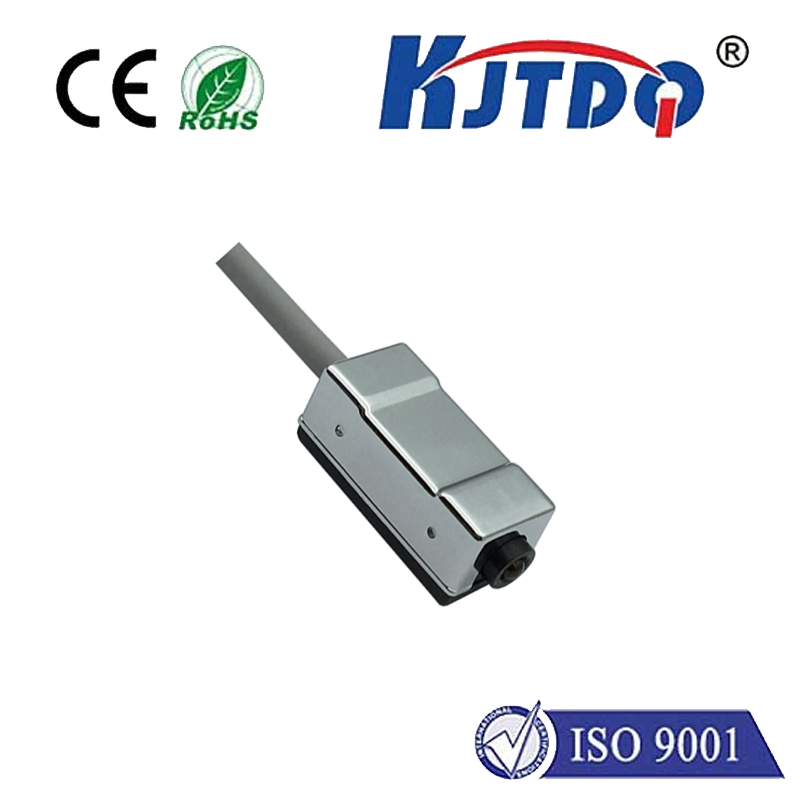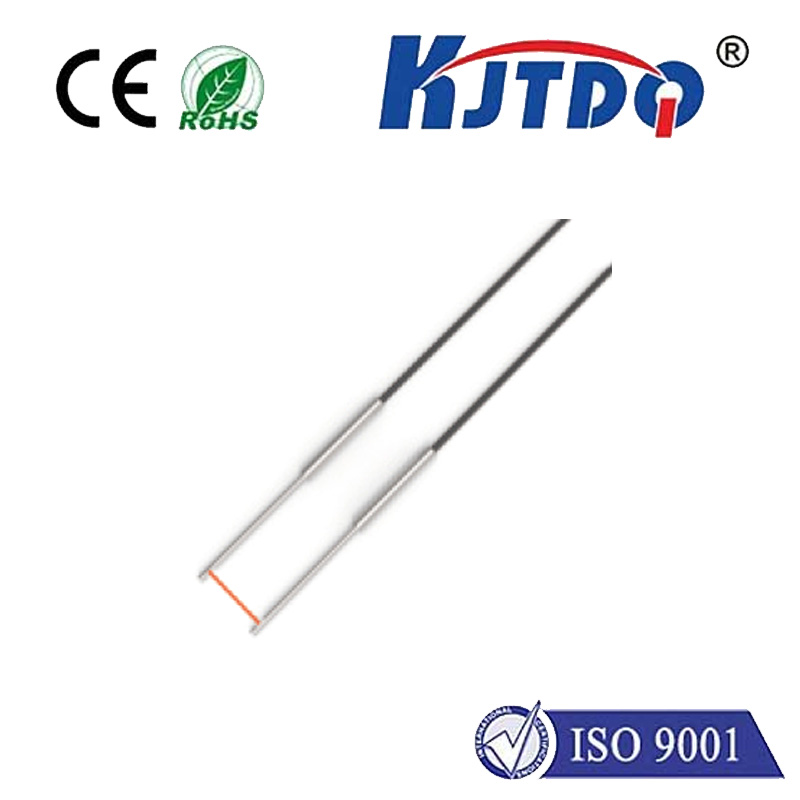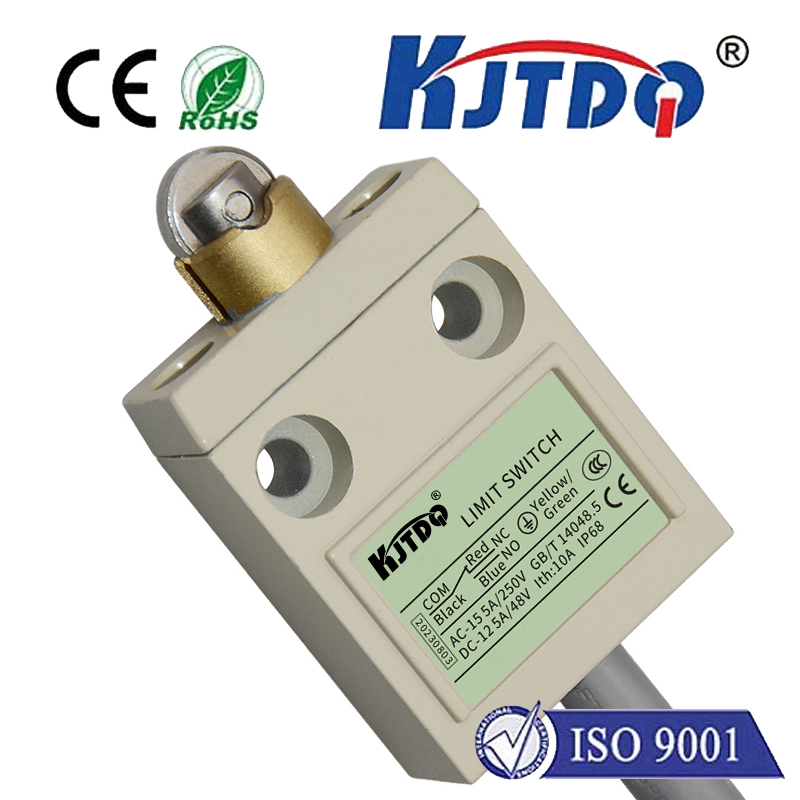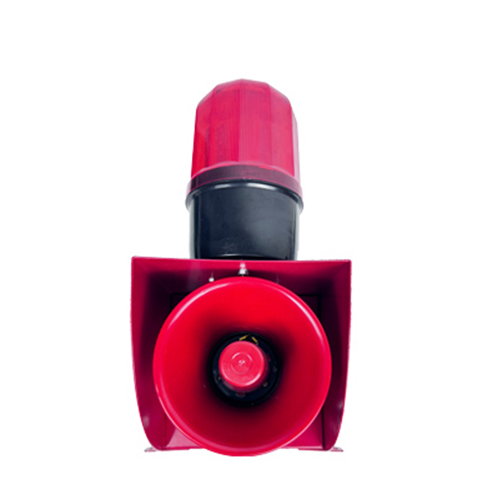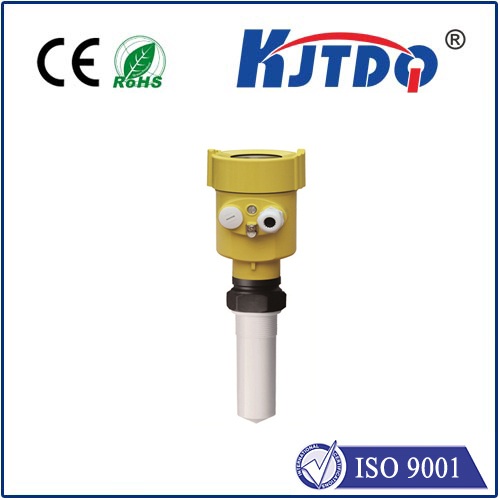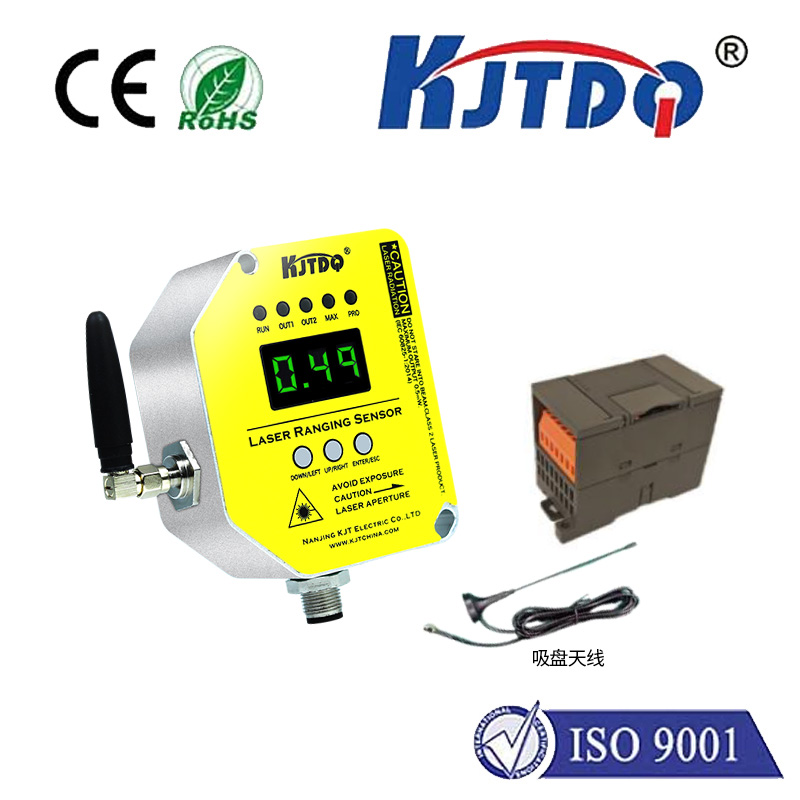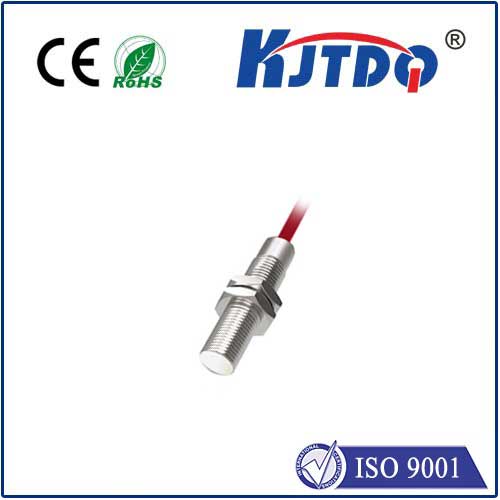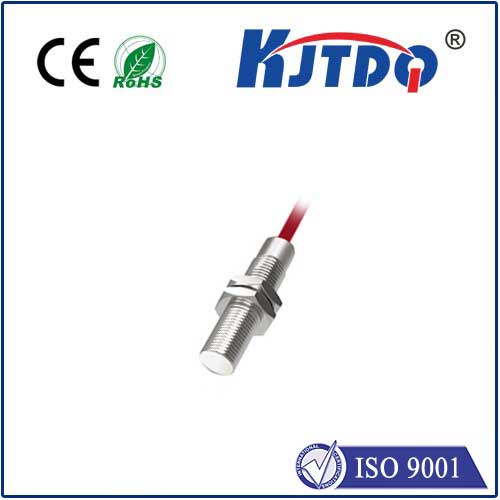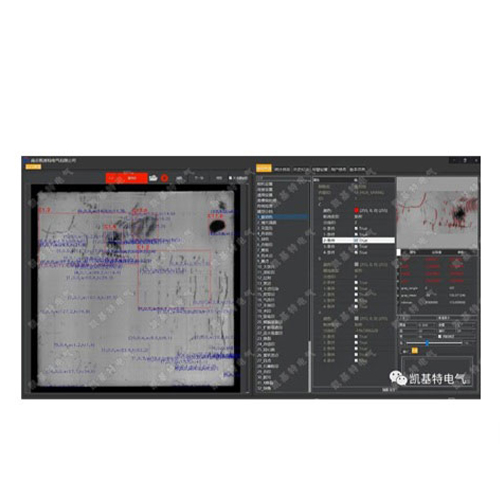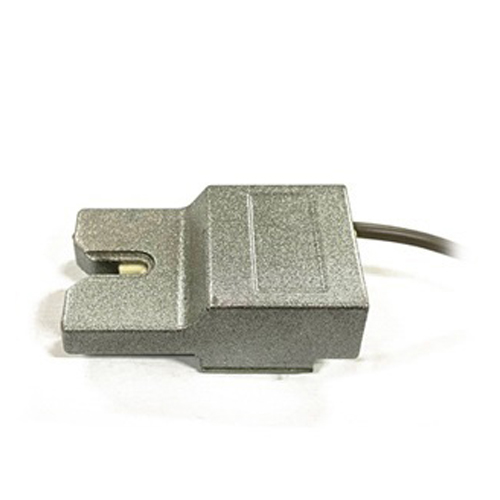the proximity sensor
- time:2025-07-19 08:16:22
- Click:0
The Unseen Guardian: How Proximity Sensors Shape Our Digital World
Have you ever marveled at how your smartphone screen magically turns off when you hold it to your ear during a call? Or wondered how modern faucets intuitively dispense water without a single touch? These seemingly effortless interactions are powered by an ingenious piece of technology often working silently behind the scenes: the proximity sensor. This unassuming component is a cornerstone of modern electronics, offering non-contact detection of nearby objects, fundamentally altering our interaction with devices and enhancing safety, efficiency, and convenience.
At its core, a proximity sensor is a device capable of detecting the presence or absence of an object within a specific range without any physical contact. This non-contact detection is its superpower, differentiating it from simple mechanical switches. Unlike a light switch requiring you to flip it, a proximity sensor senses your approach or presence automatically. This capability unlocks a world of automation and intuitive control, making devices smarter and more responsive to their environment.
How do these sensors achieve their magic? Most commonly, proximity sensors rely on electromagnetic fields or beams of light. Here’s a look at the primary types:
- Capacitive Proximity Sensors: These detect changes in an electrical field. When an object (especially a conductive one, or even a human body with its water content) enters the sensor’s field, it alters the capacitance, triggering detection. They excel at detecting non-metallic objects like hands, liquids, or plastics and are widespread in touchscreens and touchless controls.
- Inductive Proximity Sensors: Operating on electromagnetic induction principles, these generate an oscillating magnetic field. When a ferrous metal (like iron or steel) object enters this field, it induces eddy currents within the metal, changing the field’s characteristics and signaling detection. They are incredibly robust and dominant in industrial automation for detecting metal parts on assembly lines or machinery.
- Infrared (IR) Proximity Sensors: These typically consist of an IR LED emitter and a photodiode receiver. The emitter sends out an invisible infrared light beam. If an object reflects this beam back to the receiver, the sensor detects its presence (reflective mode). Alternatively, they can detect the interruption of a beam between separate emitter and receiver units (through-beam mode). They are common in smartphones (for phone-to-ear detection), automatic doors, and object counting applications.
- Ultrasonic Proximity Sensors: These emit high-frequency sound waves and measure the time taken for the echo to return after bouncing off an object. By calculating this “time-of-flight,” they determine distance. They work well with various materials (solid, liquid, granular) and are ideal for applications needing simple distance measurement or liquid level detection, though slightly slower and affected by sound-absorbing materials.
The applications of proximity sensors are incredibly diverse and deeply integrated into our daily lives and industries:
- Consumer Electronics: Smartphones use IR proximity sensors to disable touchscreens during calls, saving battery and preventing accidental touches. Tablets and laptops often use them to detect when a cover is closed, putting the device to sleep. Gaming consoles use them for gesture recognition.
- Automotive: Modern vehicles bristle with proximity detection systems. From parking sensors providing audible warnings to avoid collisions when reversing (Park Assist), to blind-spot monitoring systems alerting drivers to vehicles in adjacent lanes, enhancing collision avoidance. Interior sensors might detect occupants for airbag deployment or keyless entry systems sensing your approach.
- Industrial Automation: This is where proximity sensors truly shine as workhorses. They are vital for object detection on conveyor belts, verifying part presence in assembly jigs, ensuring correct positioning in machinery, and counting products. Their non-contact nature ensures reliability and longevity in harsh environments without wear and tear. Metal detection via inductive sensors is particularly crucial here.
- Building Automation & Security: Automatic doors only open when a proximity sensor detects a person approaching. Touchless faucets and soap dispensers in public restrooms promote hygiene. Security systems might use them to monitor forbidden zones or detect tampering with enclosures.
- Retail: Proximity sensors trigger welcome messages as customers enter stores or help manage inventory flow.
Why has proximity sensing become so ubiquitous? The benefits are compelling:
- Non-Contact Operation: No physical wear, significantly extending lifespan and reducing maintenance. Ideal for delicate objects or hazardous environments.
- High Speed and Reliability: Fast response times make them perfect for high-speed production lines and real-time applications.
- Versatility: Available for detecting diverse materials (metal, plastic, liquid, human presence) with varying operating ranges.
- Enhanced Safety: Critical in automotive collision avoidance systems and industrial machinery guarding.
- Improved User Experience: Enabling intuitive, touchless interactions in consumer devices and public spaces.
As technology evolves, the role of proximity sensors continues to expand. Miniaturization allows them to fit into ever-smaller wearables and IoT devices. Improved sensing ranges and better immunity to environmental interference (like dust or varying light conditions) broaden their applicability. Integration with AI and machine learning could enable more sophisticated presence detection and contextual awareness, moving beyond simple “object near” signals to understanding what the object is or its behavior.
From the smartphone in your pocket to the automated factory floor and the safety systems in your car, proximity sensors are fundamental enablers of our increasingly automated and responsive world. These silent sentinels, detecting our presence and the objects around us, continue to shape interactions, drive efficiency, and enhance safety, proving that often, the most transformative technologies are the ones we rarely see but constantly rely upon.





